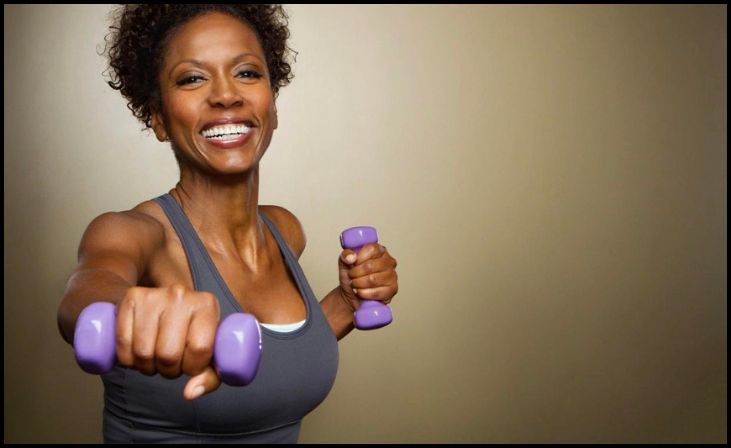The dumbbell chest fly is a classic exercise that targets the muscles of the chest, particularly the pectoralis major. When performed correctly, it can help to increase strength and muscle size in the chest area. However, mastering this exercise requires proper form and technique to avoid injury and maximize effectiveness. In this guide, we’ll break down the steps to mastering the dumbbell chest fly.
Choosing the Right Weight

Before diving into the exercise, it’s essential to select the appropriate weight for your fitness level and goals. Start with a lighter weight to ensure proper form and technique. As you become more comfortable with the movement, you can gradually increase the weight to challenge your muscles further.
Setting Up
- Bench Position: Begin by lying flat on a bench with your feet planted firmly on the ground. Your head, shoulders, and lower back should be in contact with the bench throughout the exercise.
- Grip: Hold a dumbbell in each hand with an overhand grip. Your palms should be facing each other, and your arms should be extended straight above your chest.
Performing the Exercise
- Lowering Phase: Start by slowly lowering the dumbbells out to the sides in a wide arc motion. Keep a slight bend in your elbows throughout the movement to avoid strain on the joints.
- Stretching the Chest: Lower the dumbbells until you feel a stretch in your chest muscles. Avoid going too low, as this can put excessive strain on the shoulders.
- Controlled Movement: Maintain control over the descent of the dumbbells to prevent momentum from taking over. Focus on engaging the chest muscles to guide the movement.
- Breathing: Inhale as you lower the dumbbells and exhale as you bring them back up to the starting position. This helps to stabilize your core and maintain control throughout the exercise.
Tips for Success
- Focus on Form: Pay attention to your form throughout the exercise, ensuring that your movements are controlled and deliberate. Avoid arching your back or lifting your hips off the bench, as this can lead to injury.
- Mind-Muscle Connection: Concentrate on contracting your chest muscles as you bring the dumbbells back up to the starting position. This mind-muscle connection can help to maximize the effectiveness of the exercise.
- Gradually Increase Weight: As you become stronger, gradually increase the weight of the dumbbells to continue challenging your muscles. However, prioritize proper form over lifting heavy weights.
- Warm-Up: Before performing the dumbbell chest fly or any other chest exercise, it’s essential to warm up properly to prevent injury. Incorporate dynamic stretches and light cardio to increase blood flow to the muscles.
Common Mistakes to Avoid

- Using Too Much Weight: Avoid the temptation to lift heavier weights than you can handle with proper form. Using excessive weight can increase the risk of injury and compromise the effectiveness of the exercise.
- Rounding the Shoulders: Keep your shoulders pulled back and down throughout the movement to maintain proper alignment. Rounding the shoulders can lead to strain on the neck and shoulders.
- Flaring the Elbows: Keep your elbows slightly bent and in line with your shoulders throughout the exercise. Avoid letting your elbows flare out to the sides, as this can shift the focus away from the chest muscles.
- Bouncing the Weights: Maintain control over the movement at all times, avoiding any bouncing or jerking motions. This ensures that your muscles are properly engaged throughout the exercise.
Conclusion
Mastering the dumbbell chest fly takes practice and patience, but the results are well worth the effort. By focusing on proper form, gradually increasing weight, and avoiding common mistakes, you can effectively target the muscles of your chest and achieve your fitness goals. Incorporate this exercise into your regular workout routine for a stronger, more defined chest.
